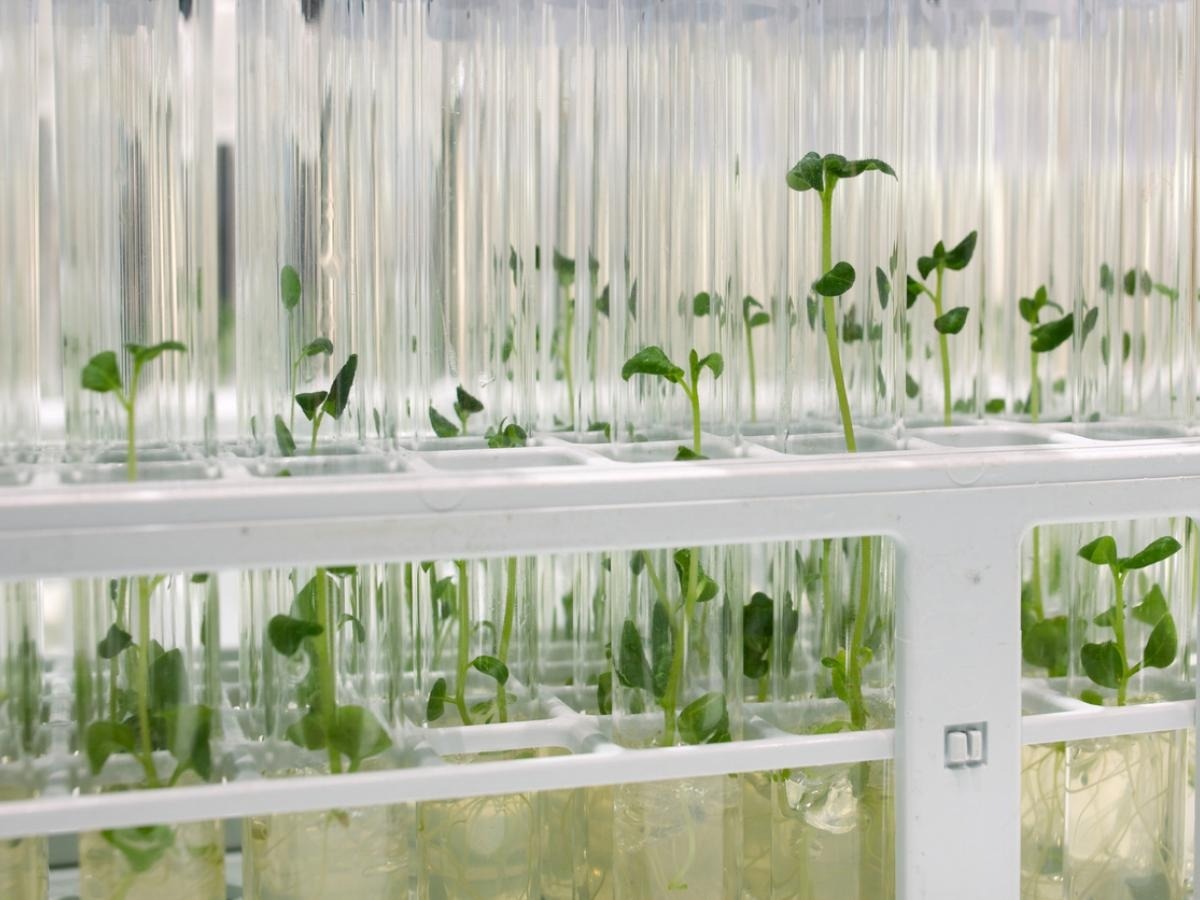Reviewed by Lexie CornerJun 24 2025
Some scientists believe that regulations on agricultural gene editing are too strict. However, a new study from the University of Adelaide emphasizes the need for clear guidelines to ensure these technologies are used safely and responsibly.
Published in The Plant Journal, the review by Dr. Emily Buddle, Michail Ivanov, and Professor Rachel Ankeny explores how regulation can support innovation. It does this by encouraging public engagement and building trust in new gene technologies.

Image Credit: University of Adelaide
Regulatory decisions are not just about scientific facts or economic benefits. They always involve value judgements, especially concerning safety, risk, and societal benefits. Plant scientists need to engage with diverse groups of people early and often throughout the innovation process to understand their concerns about new technologies. This engagement is a mutual learning process, not just a formality, as no single group has the expertise and capacity to shape regulation in isolation.
Dr. Emily Buddle, University of Adelaide
Dr. Buddle notes that while gene-editing techniques can produce changes similar to those that occur naturally in agriculture - a principle referred to as “scientific equivalency” - this similarity does not guarantee public acceptance.
What truly matters to the public is how the gene technology will be applied and what its perceived benefits are, rather than just whether it is gene-edited or genetically modified. For example, our previous research has shown that people might be more accepting of gene editing that improves the crop’s tolerance to drought rather than altering the nutritional qualities of the grain.
Dr. Emily Buddle, University of Adelaide
Gene editing is an emerging tool in agriculture. It is increasingly used to improve crop resilience to environmental stressors like drought and salinity. Although no gene-edited crops are currently produced commercially in Australia, progress in breeding technologies has renewed global debate about how such technologies should be regulated.
Regulation refers to the laws, policies, licenses, and guidelines that govern how individuals and organizations can use gene technology. Penalties apply when these rules are not followed. However, regulatory approaches vary across countries.
In Australia, the Office of the Gene Technology Regulator (OGTR) oversees gene technologies, including genetically modified and gene-edited crops. Under the Gene Technology Act 2000 (Commonwealth), gene-edited crops were originally treated the same as genetically modified organisms.
Changes made in 2019 revised this approach. Organisms modified using SDN-1 techniques - which involve small, targeted DNA changes without introducing foreign genes - are generally not regulated under the Act. These changes are considered similar to those that could occur naturally or through traditional breeding.
Ivanov explains that the review responds to some common criticisms within the field of crop science.
In our research experience, we often hear scientists working in agricultural genomics describe regulation as problematic, emphasizing that it serves as a ‘bottleneck’ or a ‘hurdle’ that restricts research and innovation in crop sciences. However, we argue that labeling regulation as a ‘bottleneck’ is contingent upon one’s perspective and objectives.
Michail Ivanov, University of Adelaide
Ivanov remarked, “We assert that regulation is, in fact, a vital component of the innovation process, as it enables regulators and diverse public stakeholders to engage with the research and evaluate whether a new technology is genuinely necessary, desirable, and beneficial beyond the laboratory or field.”
Ivanov explained, “Rather than being a bottleneck, regulation can be viewed as a filter, helping to eliminate aspects of science and innovation that could pose risks or harm to society or the environment, ensuring that new technologies align with societal expectations and values prior to their widespread implementation.”
Source:
Journal reference:
Ivanov, M., et al. (2025) Regulation as key to fulfilling the promises of agricultural genomics: Going beyond bottlenecks in plant gene technology development. The Plant Journal. doi.org/10.1111/tpj.70277.